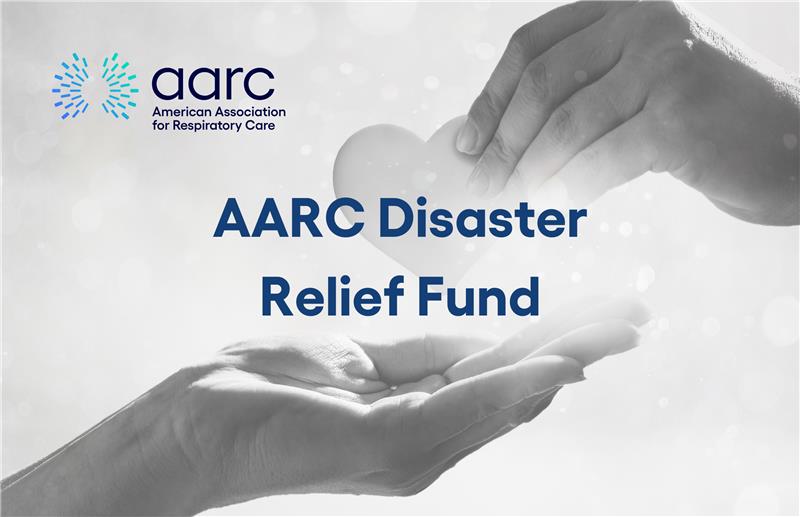
Gas Stoves Linked to Asthma in Kids
These days many people prefer cooking on a gas stove. A new study published by the International Journal of Environmental Research and Public Health suggests electric may be a better option for families with kids who have or are at risk for asthma.
In a study that combined data from a 2013 meta-analysis showing that living in a home with a gas stove resulted in a 42% higher chance of childhood asthma with data on the prevalence of gas stoves in the U.S., which shows that 35% of homes currently have them, the investigators estimated that 650,000 American children have asthma because of their exposure to gas stoves.
That translates to 12.7% of childhood asthma cases in the U.S.
The proportion of asthma cases resulting from gas stove exposure was higher in states where the prevalence of gas stoves in homes is also higher. Those states include Illinois, California, and New York, which had asthma rates attributed to gas stoves of 21.1%, 20.1%, and 18.8%, respectively.
The study authors explain that when gas stoves are turned on, they emit various pollutants into the air. Some of those pollutants, such as nitrogen dioxide, are known to be respiratory irritants.
The study researchers were from the energy policy think tank RMI. Read More

Risk Factors for ARDS in Younger COVID-19 Patients
What puts younger people at risk for COVID-19-related ARDS? That’s the question researchers asked in an international study that compared younger and older people with COVID-19 who were diagnosed with ARDS.
The study looked at 75,377 patients treated between January 2020 and February 2021 from 241 hospitals, including nine in the U.S. and 53 in Europe. Patients were classified into three groups: 7,379 with ARDS, 56,519 without severe disease, and 11,379 who were severe but did not have ARDS.
Overall, 1,001 18- to 49-year-olds, or 8% of hospitalized young adults, developed ARDS, compared to 10% of older adults. Results showed —
- The 90-day mortality rates among young adults and older adults were found to be 16% and 41%, respectively.
- Younger and older ARDS patients presented with similar complication rates.
- Peptic ulcers, paralysis, obesity, congestive cardiac failure, valvular diseases, diabetes, chronic pulmonary diseases, and hepatic diseases were related to greater ARDS risks.
- Researches saw increases in prevalence of comorbid conditions such as obesity, diabetes, and hypertension in the younger patients.
- Patients aged 26 to 49 were found to have an increased risk of developing ARDS compared to those aged 18 to 25, and men had a higher risk as well.
- Younger ARDS patients had a lower risk of developing acute renal failure; cardiac rhythm/conduction disorders; fluid, electrolyte, and acid-base balance disorders; and stroke.
- Respiratory superinfections of bacterial etiology were seen in more than 50% of the younger ARDS patients during their hospital stay.
The study was published by PLoS ONE. Read More

New Donor Lung Allocation System On the Way
Donor lungs have long been allocated using the Lung Allocation Score, which is based on donor and recipient compatibility and geographical restrictions and prioritizes calculated survival benefits from transplant. Candidates within a 250-mile radius are aligned for compatibility first, leaving sicker patients outside that radius to continue waiting.
A new system called the Composite Allocation Score, which removes the geographical limitations, is set to replace that system this year.
Researchers who tested six alternative scenarios over ten simulations using data from individuals on the lung transplant waiting list from January 2018 to December 2019 found that depending on the scenario tested, waitlist deaths decreased by 36% to 47% in the Composite Allocation Score system as compared to the current system.
Across all the scenarios, the new system improved overall equity measures, including reducing waitlist deaths. In addition, post-transplant survival was similar between the two systems.
“The importance of removing the geographical barrier can’t be overstated here,” said Maryam Valapour, MD, director of lung transplant outcomes at the Cleveland Clinic, which participated in the study along with the U.S. Scientific Registry of Transplant Recipients. “The Composite Allocation Score system’s goal of making access to lung transplant more equitable for all candidates in the United States will help reduce waitlist mortality, and we hope will even improve post-transplant survival over time.”
The study was published by The American Journal of Transplantation. Read More








